


Loading



Fullstack Developer,
UI/UX Designer
Aug 2024 –
March 2025
I designed and developed Synca+ as a full-stack CGM companion app with the goal of transforming scattered glucose data into a unified, actionable experience. The project included crafting an interface where patients, clinicians, and insurers could engage with real-time insights, prediction, and device management in one coherent flow. The product emerged from a clear gap: raw data alone wasn't enough. Users needed clarity, connection, and context.
Diabetes management today suffers from fractured workflows: CGM apps track glucose, doctors manage care elsewhere, and insurers sit at a distance. Patients are left navigating multiple systems that don't talk to each other. Through direct research and prototyping, I saw how this fragmentation created confusion, delayed care, and led to preventable risk. My challenge was to rethink the experience from the ground up, designing a system where each role could act earlier, communicate faster, and trust what they see.
Mapping the complete user experience from initial setup to ongoing glucose management
Interactive flow mapping the complete user experience from initial setup to ongoing glucose management through AI-powered insights.
Profile & device pairing
Quick glucose tracking
Pattern recognition
Healthcare integration
Progress tracking
Smart recommendations
Consider smaller lunch portions or increase activity
To design Synca+, I led a recursive process of mapping user journeys, creating wireframes, and organizing the information architecture. I consistently moved between patient needs, clinical workflows, and device limitations. Each round revealed gaps in clarity or flow, requiring trade-offs between simplicity and clinical thoroughness. This close feedback loop was essential for creating an experience that could work for different roles without overwhelming any single user.
Experience my design process as a user by exploring the flow in the app in real-time.
My goal with Synca+ was to design a unified, patient-centered interface that could manage complex glucose data, predictive AI outputs, and multi-role collaboration across clinical, administrative, and patient-facing environments. To accomplish this, I followed a recursive design process that combined journey mapping, wireframing, stakeholder workshops, and iterative A/B testing. This approach allowed us to validate layout decisions, refine interaction patterns, and ensure alignment between clinical requirements and user behavior. I placed a strong emphasis on trust-building UI elements, adaptive data visualization, and interface modularity. The result was a system that could scale across user types without sacrificing clarity, usability, or compliance with healthcare standards.
Comprehensive design system and component library built for consistency and scalability
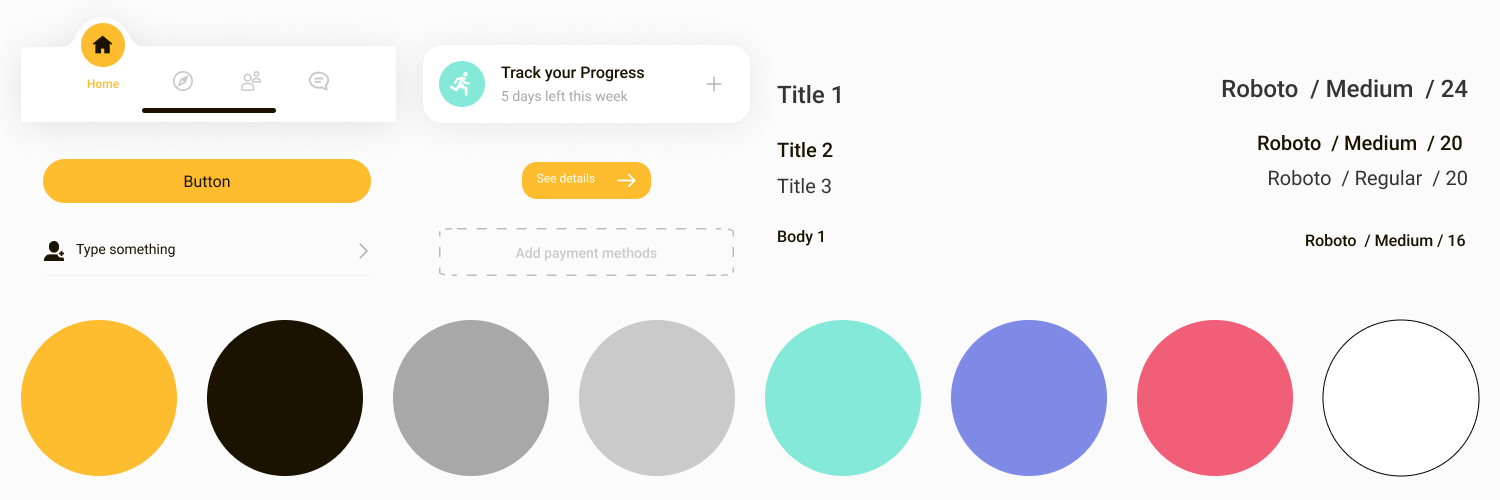
The Synca+ design system features a comprehensive component library with consistent typography, color schemes, and interactive elements. Each component was designed with accessibility and user experience in mind, ensuring seamless integration across all app screens and maintaining visual consistency throughout the diabetes management workflow.
Some screenshots of Synca+ in beta test
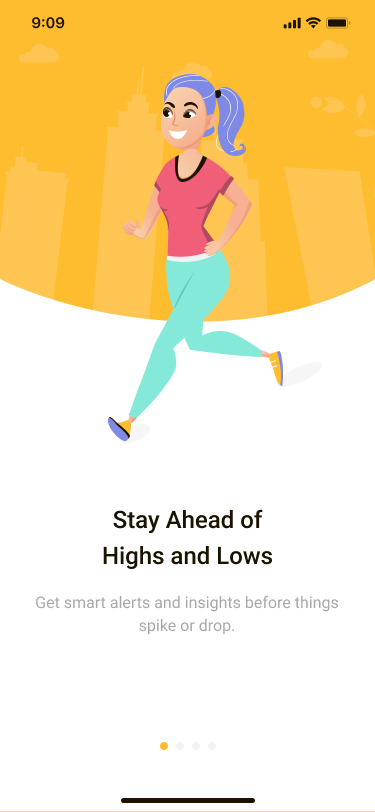
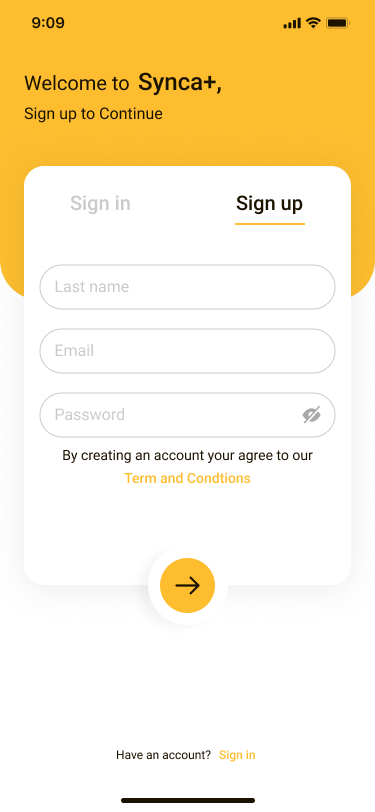
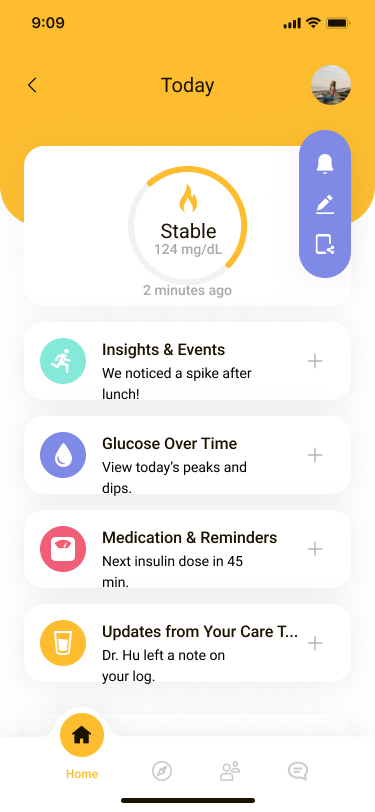
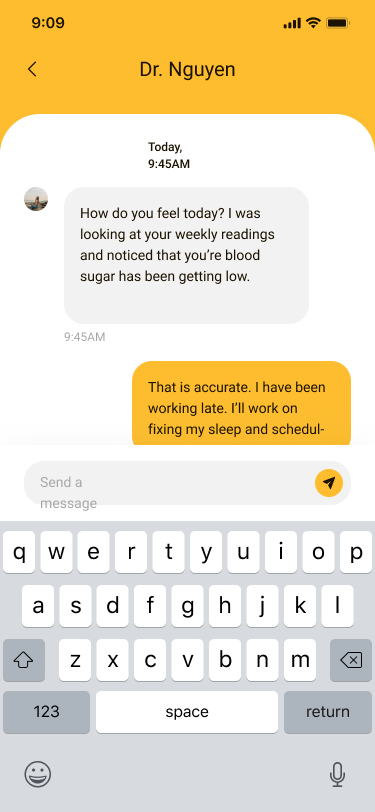
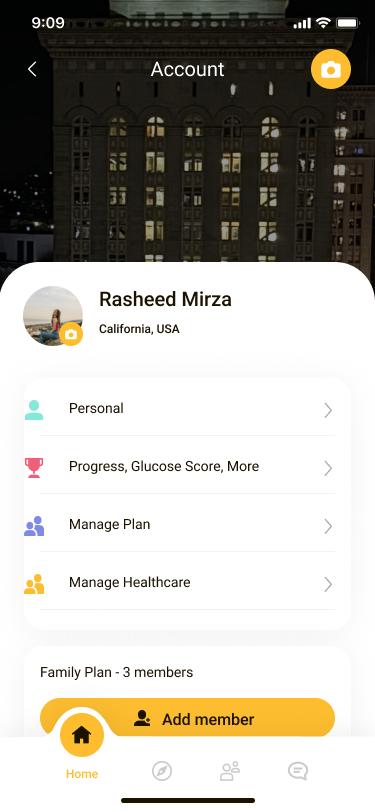
Taking on both full-stack development and design for Synca+ was one of the most challenging projects I've worked on. Balancing technical execution with product strategy pushed me out of my comfort zone. It taught me how to move faster, make clearer decisions, and stay closely connected with engineers, stakeholders, and users. That kind of pressure turned out to be valuable. It changed how I approach problems, giving me more flexibility, better context, and a stronger sense of how every part of a system fits together.
It also forced me to be intentional with every decision. There was no room for vague handoffs or guesswork. Whether I was designing a predictive graph, mapping API responses, or walking a clinician through a prototype, I had to own the outcome from start to finish. That level of responsibility sharpened both my technical skills and my product instinct. It reminded me that great products don't come from choosing between design and engineering; they come from knowing how to navigate both.
If I were to revisit Synca+, I would invest earlier in creating a more modular design system and component library. Since I was managing both design and development, some UI decisions were made on the fly, especially when facing engineering deadlines. Setting up reusable patterns from the start would have saved time and created more consistency as the product evolved. I would also involve users in the feedback process sooner, not just for usability but for validating concepts. This would help challenge assumptions before committing to key flows. The project went well, but with stronger support and earlier testing, I could have scaled faster with fewer iterations.